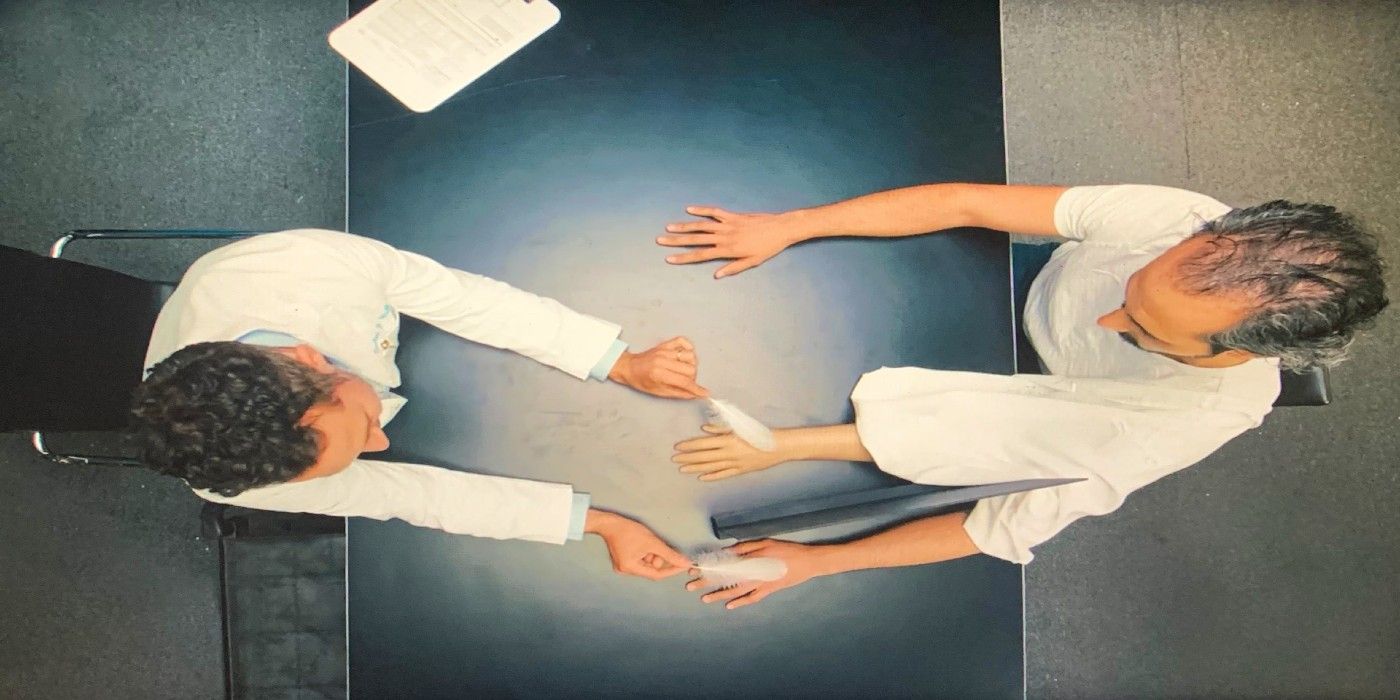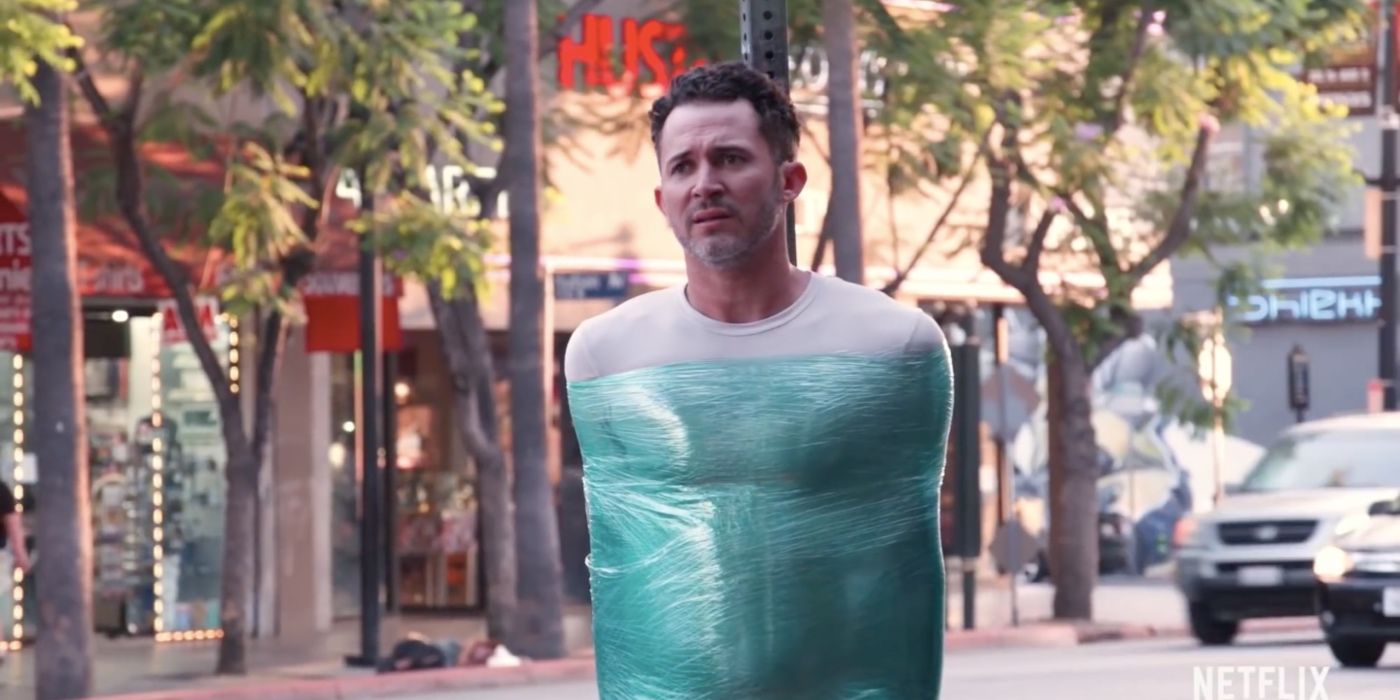
Magic For Humans debuted season 3 on Netflix and this season Justin Willman has quite a few tricks up his sleeve. Whether it be never-ending donuts or gas station levitation, Justin consistently finds innovative ways to shock unsuspecting bystanders.
But fans may be interested to know that many of his tricks are actually based on Psychological Theory. Magic is the art of manipulating people's minds and utilizing psychology plays perfectly into Justin's skill set. This season, he debuts one trick in particular that exhibits an interesting mental phenomenon.
In the season's first episode, Justin poses as a university doctor, who specializes in "pseudo-epistemology". This is humorous as to the fact that pseudo means "fake" and epistemology is the philosophical study of knowledge. After establishing his "pseudo-authority" he displays to the participants a fake arm. He claims that he can make their brains connect the fake limb as if it were one of their own. Of course, the participants react to this proposition skeptically.

Justin attempts to accomplish this by taking their actual arm out of sight. He then proceeds to play a mind trick on their sensory identification. First, he runs a feather across both the fake and real limb of the participant. What the person sees is a feather running across the fake limb but they also feel this sensation because there is another feather running along their real arm. Once this is enacted long enough, the contestant's brain continues to feel the sensation despite the feather no longer running across their actual arm. This phenomenon can be explained by the Phantom Limb theory.
The Phantom Limb was first discovered when amputees were revealed to still feel the sensation of actually having a limb. What the brain does is it registers a sensation and even if the sensation is non-existent certain triggers may still stimulate sensory parts of the brain. In the case of the contestants, they register the feeling of the feather in their brain and so the visual stimulus of seeing the feather on the fake arm translates to the feeling of touch on their actual limb.
Justin even takes this experiment so far as to show that the mind can be manipulated to register sensations of great discomfort even though no stimulus was applied to real limbs of the participants. He eventually takes a hammer and strikes the fake arm in which each of the participants react in searing pain. Thankfully, this sensation quickly dissipates once their real limb is revealed. Needless to say, our brain is certainly a fascinating object. Check out more mind blowing tricks on Magic For Humans Season 3 available now on Netflix.
Source: Wikipedia
from ScreenRant - Feed https://ift.tt/3cTynD3



0 Comments